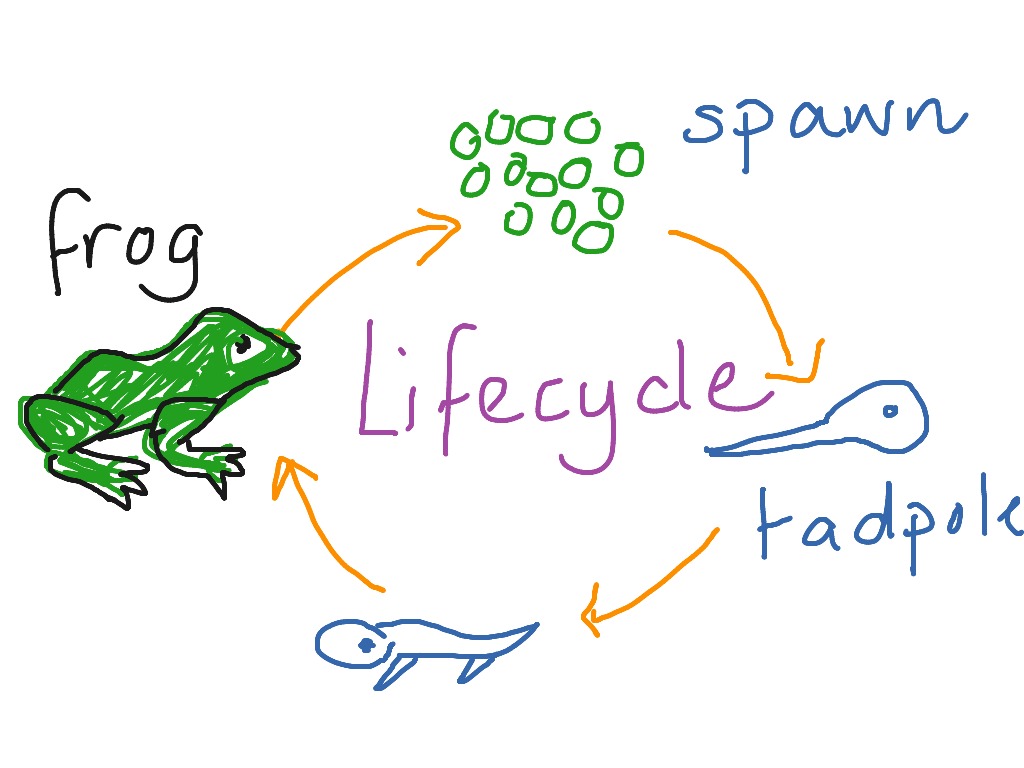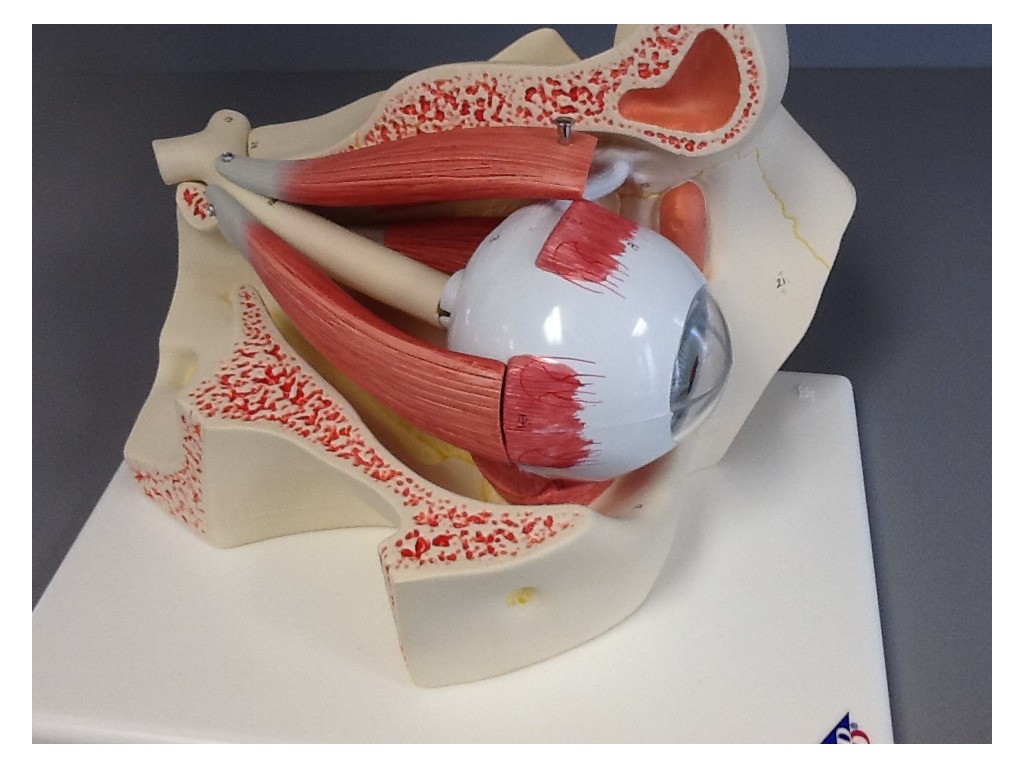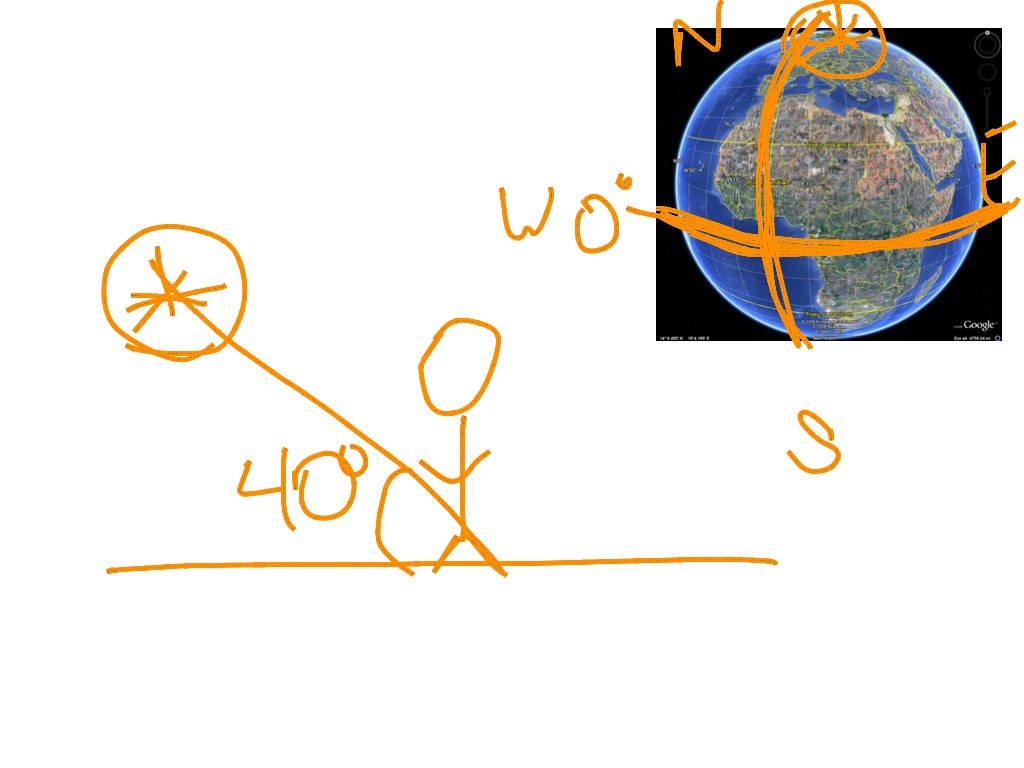Extraction Part 1
One dirty fish makes the entire pond...
0
12 years ago
The purpose of this experiment is to determine the solubility of benzoic acid in different organic layers by figuring out distribution coefficient of organic solvents. We will also compare the efficiencies of single extraction with multiple extractions.
Extraction is a separation technique based on differences in solubilities of a substance in two immiscible solvents. Immiscible solvents are solvents which do not dissolve in each other like water and oil.
Picture A shows you a clamped separatory funnel. It has a stopper, a stopcock, and a washer. First add benzoic acid in a separatory funnel and add an organic solvent in it. Shake the contents inside the funnel by holding the funnel upside-down for a minute or two (just like picture B). While shaking, periodically stop and vent the contents of the funnel just to remove the pressure built inside the funnel. Make sure the stem of the funnel is away from everyone including you. Now allow the layers to settle down. There will be two layers in the separatory funnel now (like picture C). Remove the aqueous layer, which will be bottom layer in this case, but not always. Then titrate the aqueous layer to check the concentration of benzoic acid dissolved in it. This is the set up on picture D for titration. We will do this experiment for 3 organic solvents: ether, methylene chloride, and toluene. Then we will compare the distribution coefficient of each one of them.
After doing that we will do another experiment to compare the efficiency of single and multiple extractions. The single extraction will be exactly the same like the ones that we did for the 3 organic solvents. But in multiple extractions, we will add organic solvent twice and collect the aqueous layer and titrate it.
Are you sure you want to remove this ShowMe? You should do so only if this ShowMe contains inappropriate content.
Available with ShowMe Premium subscription
Share ShowMe by Email







